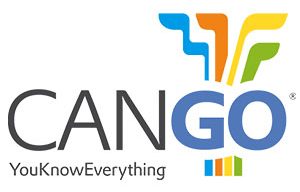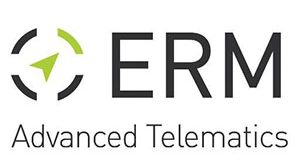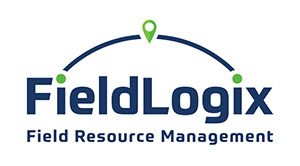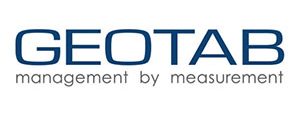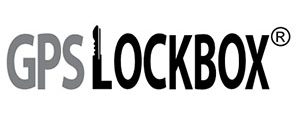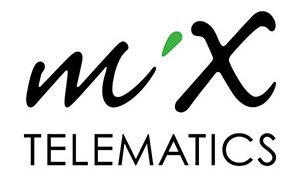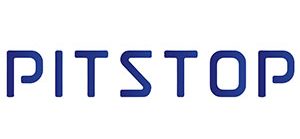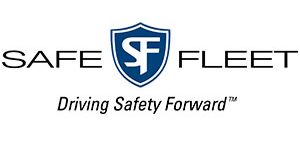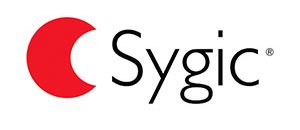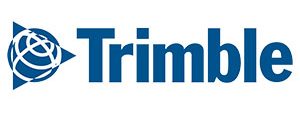The telematics market continues to grow in most sectors, although increasing penetration is holding back growth. Several vendors reported that their replacement sales now match or exceed sales from new buyers. Small and medium TSPs continue to be acquisition targets for the largest players. The state fleet market, which lags behind other industries, has become more active with the introduction of GPS management, despite the fact that minimum bidding requirements in RFP requirements force suppliers to generate sales. every few years.
As this market matures, mergers and acquisitions are strong. Driscoll provided several examples of recent acquisitions and partnerships, noting more to come. Telematics Solution Providers (TSPs) have to continually expand their systems with new features and functions to remain competitive. Some TSPs develop their own value-added services. New features, such as video and field service management, offer additional revenue opportunities.
Telematics is still primarily commercial, and while pay-per-mile insurtechs are now expanding into the auto insurance market, the technology is still far from mainstream customer service. The data telematics provided can transform processes and product offerings, creating opportunities for innovation. It is the data and its use that is becoming more widespread, data collection is secondary. The ubiquity of data and its cost of acquisition are not so present, but we will be able to do so in the coming years. The introduction of 5G services will give a boost to the telematics industry as it relies heavily on connectivity. Unlike other developments in the insurtech sector, electrical engineering is the driving technology rather than artificial intelligence. All this and much more. In this issue we introduce you to companies that bring all the wonders to life:






